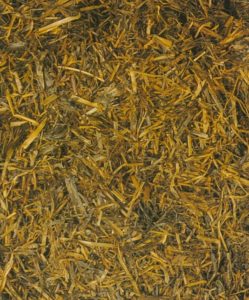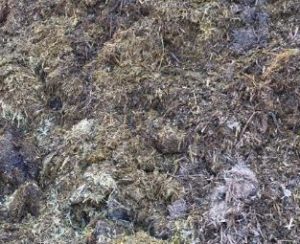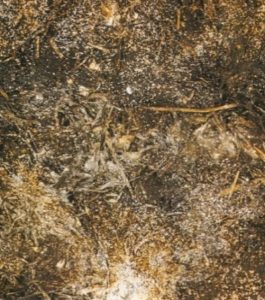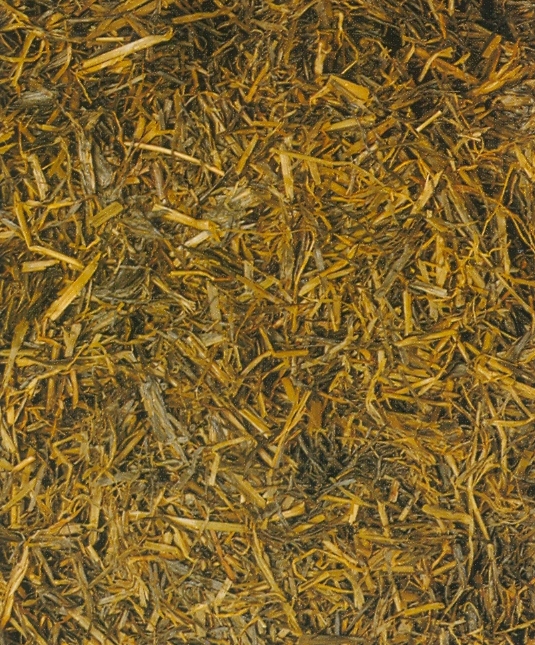Dry Silage and Clamp Management
6 November 2018The dry summer this year has led to an increase overall in the average dry matter (DM) of silages received into the SAC lab. In the pit, high DM silages are more susceptible to heating and spoilage and are more likely to contain mycotoxins (for more info: https://www.fas.scot/news/mycotoxin-risk-with-high-dry-matter-silages/). If the pH is higher than 4.4, this increases the risk of spoilage which can occur very quickly.
How hot is too hot?
Studies show that even in a well managed silage clamp, a rise of up to 12ᵒC in relation to silage temperature at harvest is common (Borreani, et al. 2018). (Before active fermentation can begin, all the oxygen trapped in the forage must be utilised- this is when heat is produced). Heating can be a more common problem in silages >40% DM, which has been poorly packed while filling the pit. In this scenario prolonged heat may be the result of a slow fermentation and/or aerobic oxidation, which prolongs the microbial activity. Due to the high pH (>4.4) and relatively low amount of lactic acid, drier silages are unable to suppress the metabolism of yeast and moulds.
Depending on the ambient temperature when silage was harvested, temperatures in the pit can reach as high as 40ᵒC, particularly where forage has been ensiled in summer, in temperate climates. For comparison, normal human body temperature is 37ᵒC. Prolonged temperatures above 40ᵒC can cause protein damage in the forage and breakdown of protein into free amino acids and ammonia. You can detect if there has been overheating from visually assessing the silage. You will notice a browning effect and it will have a burnt caramel/ tobacco like smell, and dry disintegrating texture, similar to the centre image below. This can cause a decrease in intakes and digestibility of the forage.
Feeding out
In a well sealed and covered silo, the feed-out removal rate of silage from the face of the pit is one of the key factors to prevent aerobic spoilage. The greater the unloading rate, the lower the losses. Different studies have measured the effect of feed out rate vs density of the crop and others have looked at temperature of the season and feed out rate- particularly for wholecrop.
Aim to move back through the clamp at a rate of 1.5m/week, especially for wholecrop. Clark et al. (2008) suggested that feed out rates from a pit should never be lower than 0.7 m/week in the summer and 0.5 m/week in the winter. Moving across the pit every 2-3 days is recommended to reduce DM loss; half grabs may have to be taken to achieve this. Another important factor is keeping a good clean face on the pit, by using a shear grab or block cutter to prevent penetration of oxygen through the feed face.
References:
- Borreani, et al. (2018). Silage Review: Factors affecting dry matter and quality losses in silages. Journal of Dairy Science. 101(5) pp. 3952-3979
- Clark, et al. (2008). Feedout losses from forage storage systems. Focus on Forage, 4 (2008), pp. 1-3
Mary Young, mary.young@sac.co.uk
Sign up to the FAS newsletter
Receive updates on news, events and publications from Scotland’s Farm Advisory Service




